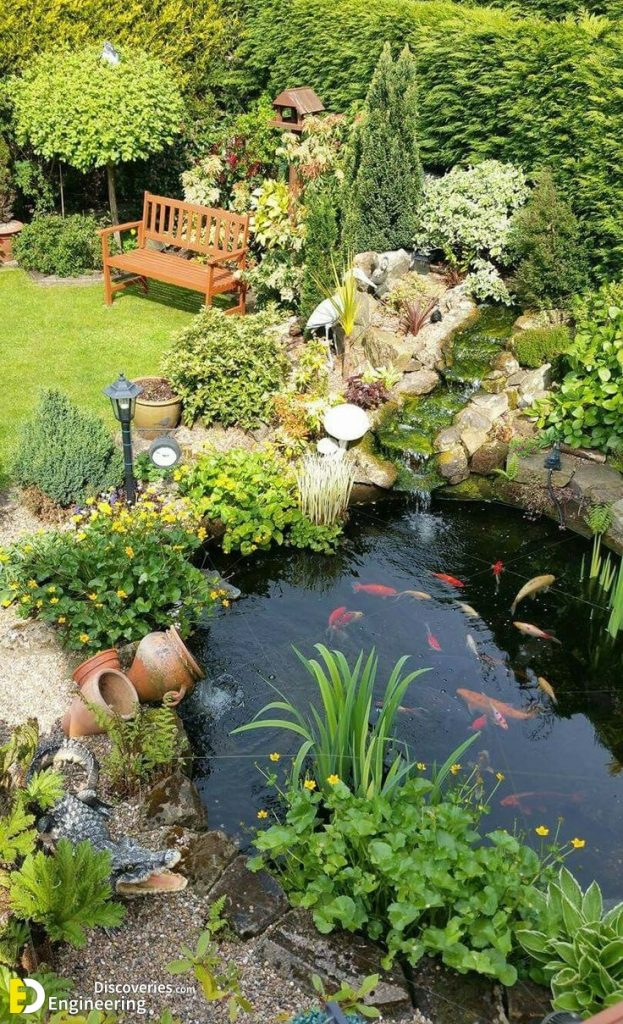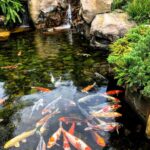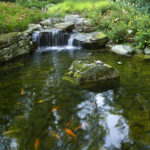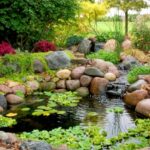Pond design is an important aspect of creating a visually pleasing and functional water feature in a garden or outdoor space. There are several key elements to consider when designing a pond, including size, shape, depth, and materials. By carefully planning and designing your pond, you can create a beautiful and tranquil oasis that enhances your outdoor living space.
The size and shape of your pond will depend on the overall design of your garden or outdoor space. Smaller ponds are ideal for compact gardens or courtyards, while larger ponds can be a focal point in a larger outdoor area. The shape of the pond can also vary, from classic round or oval shapes to more organic and irregular shapes that mimic natural bodies of water. Consider the overall aesthetic of your garden and how the pond will fit into the existing landscape.
The depth of your pond is an important consideration when designing your water feature. Shallow ponds are ideal for aquatic plants and wildlife, while deeper ponds are better for fish and other aquatic life. It is important to consider the needs of the plants and animals that will inhabit the pond when determining the depth. Additionally, incorporating shelves or ledges into the pond design can provide different zones for plantings and wildlife to thrive.
Materials are another key element of pond design, and there are several options to choose from. Popular materials for pond construction include preformed plastic liners, flexible rubber liners, and concrete. Each material has its own advantages and considerations, such as cost, durability, and ease of installation. Consider the overall design aesthetic of your garden when selecting materials for your pond, as well as maintenance requirements and longevity.
Incorporating landscaping elements around the pond can enhance the overall design and create a seamless transition between the water feature and the surrounding garden. Plantings around the pond can soften the edges and create a naturalistic look, while rocks, boulders, or other hardscape elements can add texture and interest to the design. Additionally, adding lighting around the pond can create a magical and inviting ambiance in the evening hours.
Overall, pond design is a thoughtful and creative process that requires careful consideration of size, shape, depth, materials, and landscaping. By taking the time to plan and design your pond, you can create a beautiful and functional water feature that enhances your outdoor living space and provides a tranquil oasis for plants, animals, and humans alike.
















